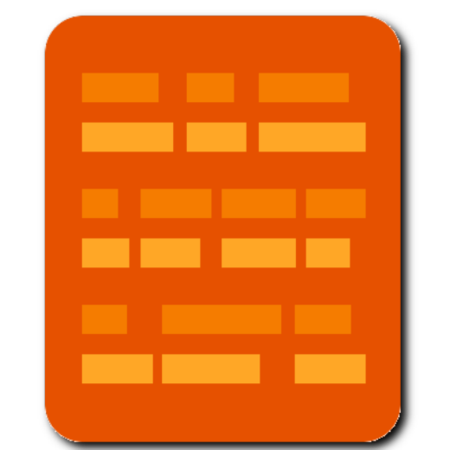Thousands Of Years Of Learning Languages Word For Word
Recently I was directed to and read an eight year old article by Ernest Blum on the history of language learning: "The New Old Way Of Learning Languages".
In short it states that languages for thousands of years used to be learned word-for-word or with literal interlinear translations, where every word in the original text would have a corresponding gloss explaining the meaning and sometimes even the grammar.
The idea behind this was that the student is helped on his way to becoming fluent, and that it assisted in building a large vocabulary. It is easy to see that this interlinear method has you reading a foreign language pretty fast.

The School Industry
Since the 1800s the idea has become norm that students have to learn grammar, and should have to work through untranslated texts applying that grammar. As you might have experienced this is a time consuming and frustrating activity.
The article points at the illogical way languages currently are learned by withholding information from students, as opposed to learning in other arts and disciplines. In fact, language lessons often are accompanied by untranslated short texts that need to be deciphered both using the rules of grammar and a dictionary.
Maybe it's possible that the expanding education system in the 1900s as a self fulfilling prophesy needed something to fill the years and years that the school industry takes nowadays.
The article references research showing that the problem with the new method lies in the resulting vocabulary of finished students. Where for thousands of years students were learning to read Latin or Greek fast because they had to work through large volumes of text, but also had the meaning of each word immediately available, now the amount of text read in courses and the resulting vocabulary is marginal. The result is that after finishing a course, students can't even read a book:

Learn Vocabulary Fast And Easy
In my opinion after a break of two hundred years it's time to return to the thousands of years old method of learning to read and understand fluently fast and easy, by giving each word its meaning in interlinear or pop-up format (although the latter form did not exist until the computer era of course).
Reading large amounts of texts with the correct and manually translated meaning immediately available is an age old proven method of learning to read languages.
Add repetition of low frequency words and you will learn new vocabulary fast and easy, while reading foreign language texts from day one!

